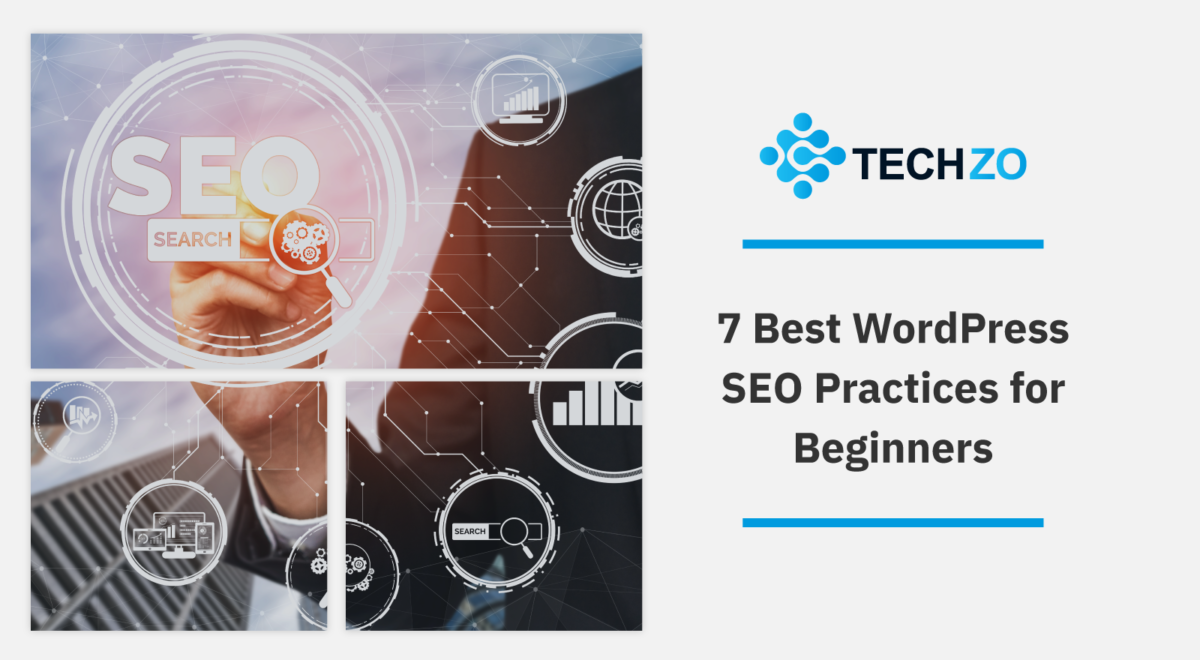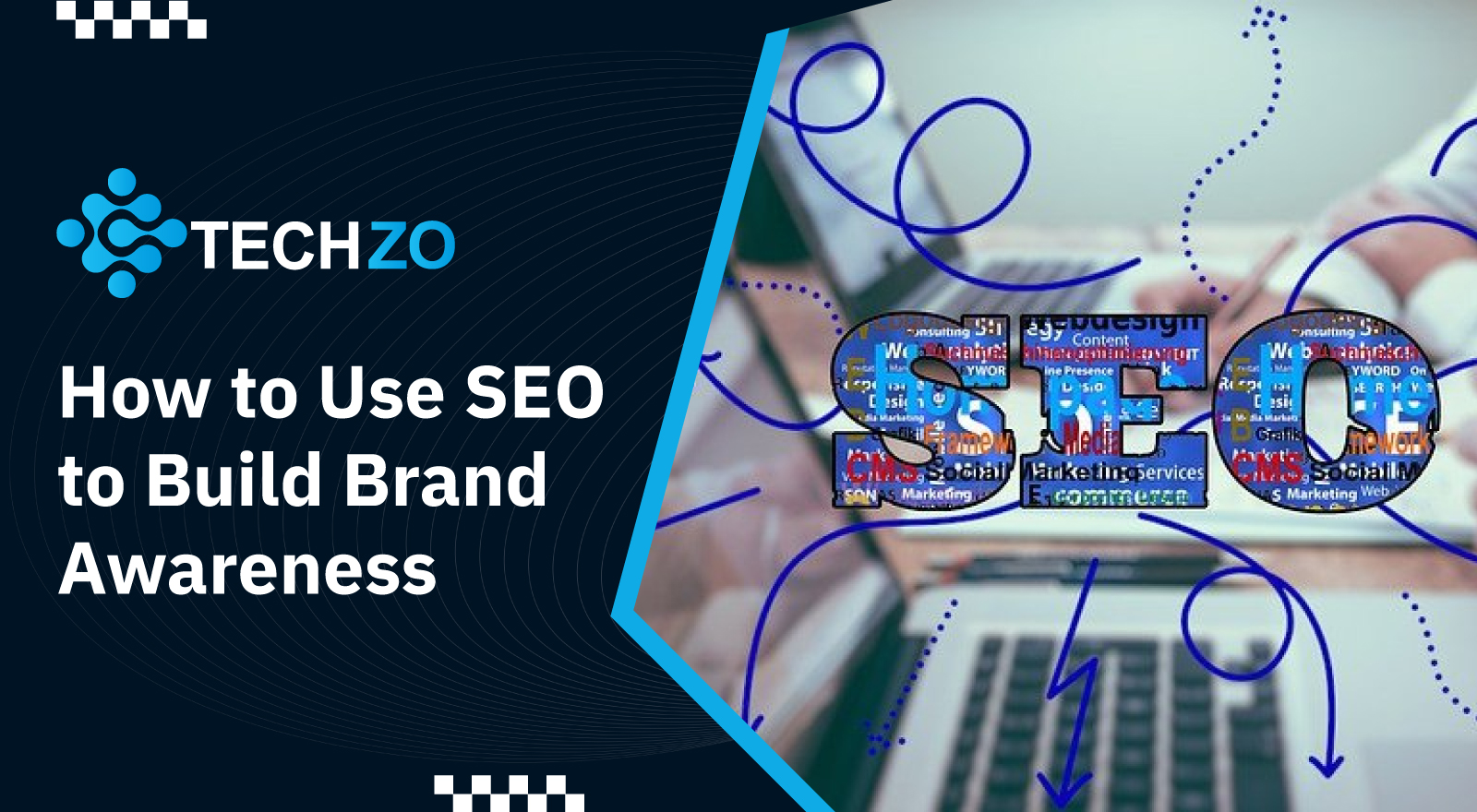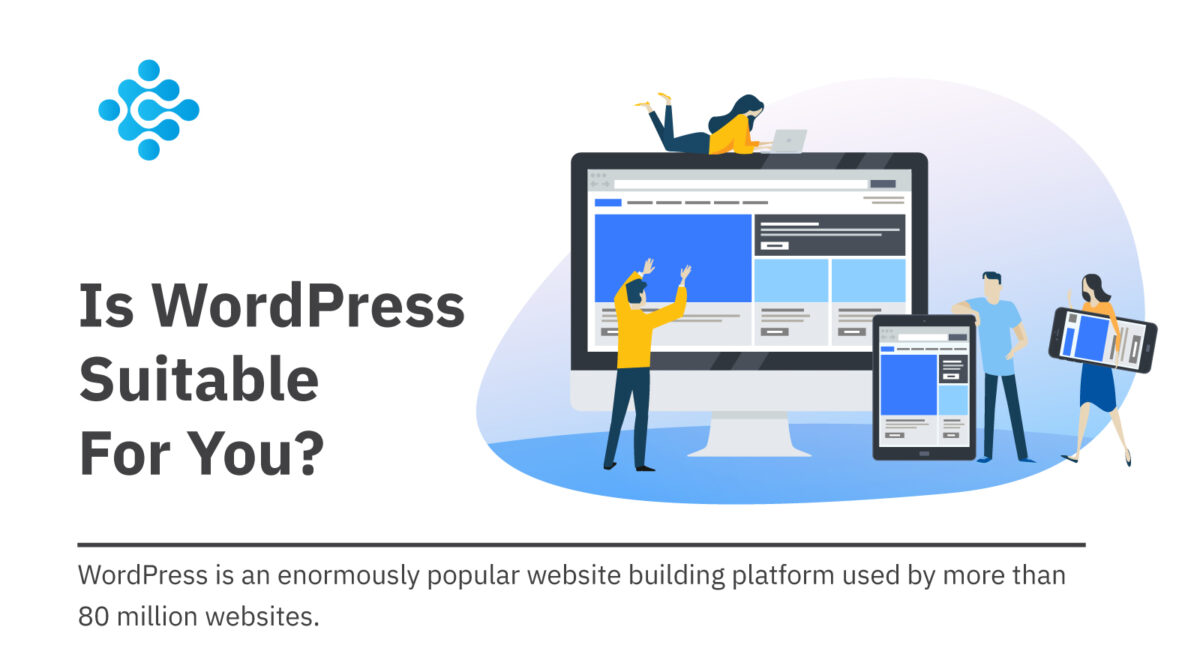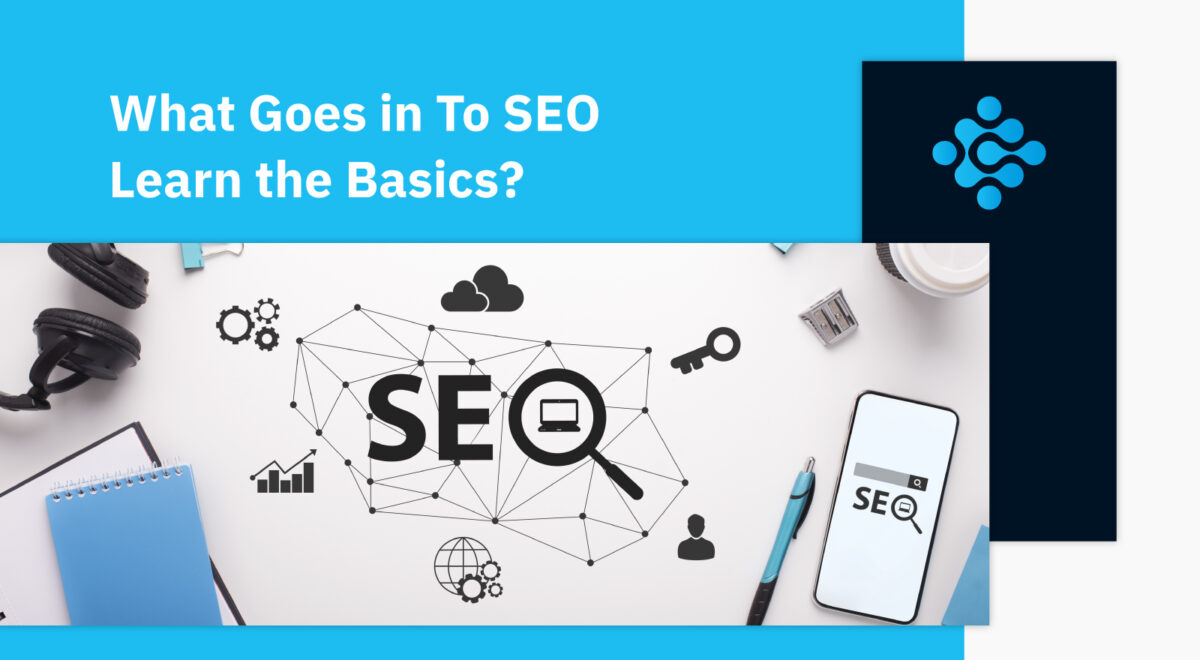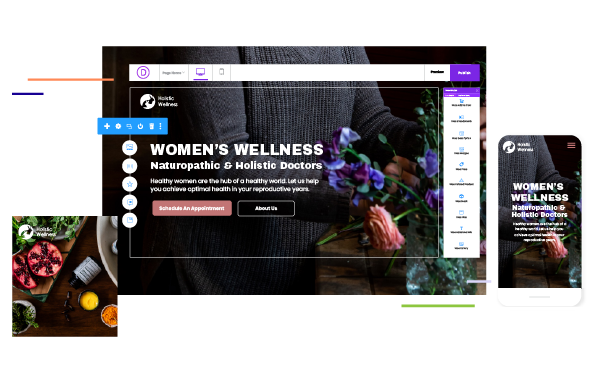It’s likely fair to say the eCommerce industry generates much of its traffic outside of search engines. Be it outbound marketing like promotional emails, Pay Per Click (PPC) ads, or referral traffic, options abound. That’s not to say one should ignore search engines, however, even if reaching Search Engine Results Pages (SERPs) is a challenge. To boost this side of organic traffic generation, Search Engine Optimization (SEO) offers a notable solution. But what exactly is it, and how does general SEO differ from eCommerce SEO? Put differently, what are eCommerce SEO best practices? Let us find out.
What is SEO?
In brief, SEO is a set of practices that seek to optimize pages for search engines by adhering to their criteria. These criteria include over 200 factors, which include, but are not limited to:
- Page loading speed, responsiveness, and mobile-friendliness
- Domain Authority (DA) and Page Authority (PA)
- Content length and quality
- Content formatting and image optimization
- Security certificates
Thus, since the list is quite extensive, SEO then branches out into three main subsets:
- On-page SEO; on-page optimization, such as layout and formatting
- Off-page SEO; off-page factors like backlinks and shares
- Technical SEO; technical aspects of website health, such as sitemaps
Finally, one may further divide SEO into such subsets as local SEO, which have their own focus. It’s in this context where we can discuss eCommerce SEO best practices in line with the industry’s unique demands.
5 SEO best practices that work for eCommerce
Understandably, such SEO subsets overlap somewhat in certain areas. As such, let us begin with five eCommerce SEO best practices that are, in essence, general SEO best practices.
#1 Conduct keyword research
All content creation should begin with keyword research, and eCommerce is no exception. Thus, you should always start with proper keyword research to identify which topics and products best resonate with your audience.
Fortunately, many established vendors offer keyword research tools, including:
- SemRush
- Wordtracker
- WordStream
- Ahrefs
- Ubersuggest
This is highly noteworthy, as content creation should be informed by your keywords, and not vice-versa. That is, you’d best avoid trying to retrofit old content around new keywords.
#2 Improve your site architecture to drive website sales
Another area where SEO subsets overlap is the website architecture of your eCommerce store. To appease search engines, provide visitors with a great User Experience (UX), and sell as much as you can, you should offer a simple, clean, and concise architecture.
Of course, this step hinges on navigation hierarchy. That is, visitors should easily navigate from one valuable page to another and from landing pages to product pages. For eCommerce specifically, this architecture should take a solid form like this:
- Homepage to product categories
- Product categories to subcategories
- Subcategories to product pages
In all cases, a simplified navigation process enhances the UX and helps ensure more conversions and website sales. What’s more, a tight internal linking structure will also appease search engine crawlers.
#3 Avoid cluttered URLs
On the subject of clarity, SEO dictates that URLs offer as much clarity – and information – as possible. The general guideline is for the header to match the URL as closely as possible. For eCommerce specifically, this is arguably even more crucial, as product pages serve as conversion touchpoints.
Here, instead of matching a header to a URL, you may consider a structure like this:
Yourdomainname.com/category-name/subcategory-name/product-name
To do so most effectively, you may follow such guidelines as the following:
- Avoid repetition
- Avoid unreadable URL parameters
- Separate words with hyphens, and avoid other characters for this purpose
In all cases, remember that the goal is twofold; readability and clarity. You may approach these in any way you wish, but that’s what your URLs should aim to achieve.
#4 Add alt text to images
Otherwise known as “alternate” text, alt text is among the first image optimizations SEO will suggest implementing. Alt text displays when images fail to load, translates images to screen readers, and informs search engines of their subject.
This is a crucial aspect of SEO that naturally concerns all industries. Alt text informs search engines of your content’s likely subject and may allow your images to show up in image searches. It enhances the UX in case of failed loads and, perhaps most importantly, improves accessibility for visually impaired visitors.
#5 Analyze your competitors
Finally, as with all business endeavors, competitor analysis should always remain an option. Regardless of the industry, it offers an excellent window into how your competitors’ tactics perform, in turn, informing your own.
Thus, you may analyze their pages, links, content, and any other aspect of their strategy you deem useful. Their success or failure with a specific keyword may inform your content creation, as can their layout choices. Conversely, a successful backlink strategy may help pinpoint who you should contact to best advance yours.
5 Ecommerce SEO best practices
Now, having analyzed general SEO best practices that also apply to eCommerce, let us delve into 5 industry-specific fronts.
#1 Go for long-tail keywords
This practice too sees use across industries, but many will argue it’s entirely crucial to eCommerce specifically. Frankly, competitive keywords may not be within reach of many eCommerce stores. They will have to compete with such juggernauts as Amazon and eBay for SERPs – and, realistically, won’t likely win.
Long-tail keywords offer the next best thing, providing distinct perks such as:
- Lower average cost; fewer competitors will bid on “women’s silk nightdress” than on “nightdress”.
- More local relevance; location specifiers, such as “best boots in Miami”, help enhance local SEO and, in turn, local visibility.
- More semantic relevance; long-tail keywords are more specific and thus more likely to match user search intent.
Thus, long-tail keywords may not just be the next best choice. For many, and for many purposes, they may be the best choice.
#2 Design for shoppers
Next, eCommerce best practices adjust the concept of “designing for users, not bots” to “designing for shoppers”. The foundation, of course, remains the same; designing for humans, not search engines alone.
Frankly, this subject may deserve its own article, from design trends to UX enhancements. However, for the sake of text economy, let us address the fundamentals:
- Ease of navigation; as highlighted above, shoppers should find your products quickly.
- An alluring design; your layout, choice of color, and other visual elements should entice shoppers to stay and engage.
- A short purchase process; your entire purchase process should be as short as possible to address conversion inhibitors.
Addressing these and similar factors will require a holistic approach. Therefore, you may conduct A/B tests as you implement changes to ensure you’re always on the right course.
#3 Write unique product and category descriptions
Along similar lines, your product and category descriptions will massively affect both your SEO and UX. For search engines, they will provide context. For users, they will provide clarity.
For both, standard best practices apply; include your keywords of choice, be clear and concise, and avoid duplicate content. Doing so will ensure an accurate, alluring description appears beneath the title tag in searches. As above, this too will assist with both search engine rankings and attracting visitors. For the latter, specifically, you may get creative; consider humor or a tone that may set you apart from the competition.
As regards product pages specifically, however, eCommerce sites may struggle to avoid duplicate content. The sheer number of pages alone may necessitate that you do copy product descriptions. Still, both search engines and visitors may object, so the ideal compromise is to prioritize diversifying your most valuable pages.
#4 Optimize your product pages
On the subject of product pages, there is also a plethora of product page optimizations to consider. Again, for the sake of text economy, let us delve into the basics of this subject.
As with standard SEO guidelines, you may begin with common yet highly effective practices like the following:
- Product name; add keywords of choice to your product names where possible.
- Images; optimize your images for loading speeds, keeping them under 100kB without sacrificing quality. Add keywords and product names to their titles.
- Video; add video where appropriate, including commercial, educational, and how-to videos, as well as customer testimonials.
Understandably, these tactics merely offer the foundamentals. You may then use page insights and other analytics tools to explore more advanced practices.
#5 Use customer reviews
Finally, having touched on customer testimonials, eCommerce famously values customer reviews. These arguably serve as social credit in terms of offering honest evaluations by other – ideally satisfied – customers.
While simply enabling customer reviews should typically suffice to drive sales, you may consider two additional benefits. One, more expensive products benefit more from positive reviews, as customers seek validation for their costlier choices. Two, customer reviews may actually benefit SEO, as they may typically include relevant keywords themselves. While neither benefit is crucial, they are both welcome in addition to the primary benefit of social credit.
Conclusion
To summarize, eCommerce SEO best practices may often overlap with general SEO. Examples of such practices include keyword research, ease of navigation, clear URLs, alt text, and competitor analysis. After all, these factors are arguably universally beneficial at their core. Others, however, need to account for eCommerce specifically. These often include locally valuable long-tail keywords, designing for shoppers, product descriptions and product pages, and customer reviews. However, in all cases, these practices should offer a healthy foundation toward satisfying both search engines and customers.



